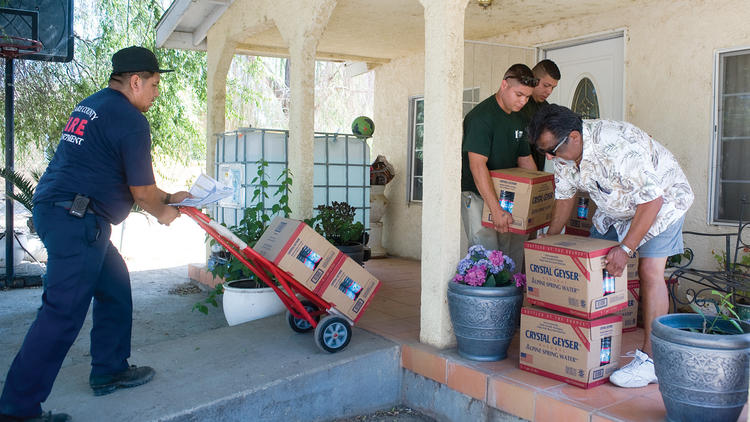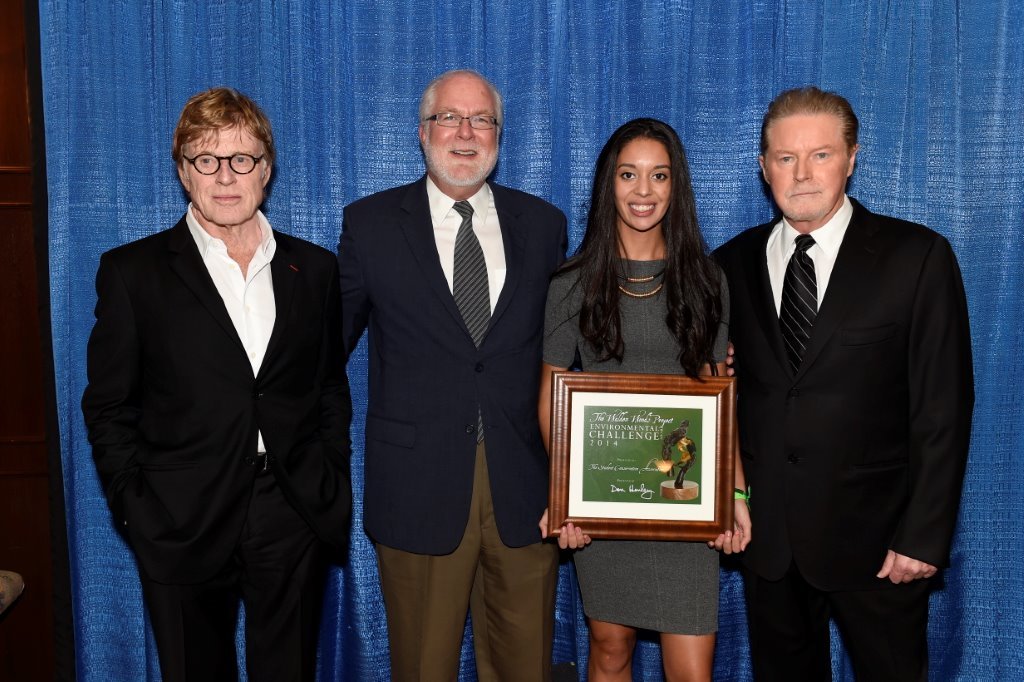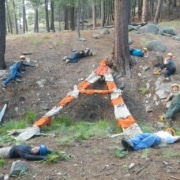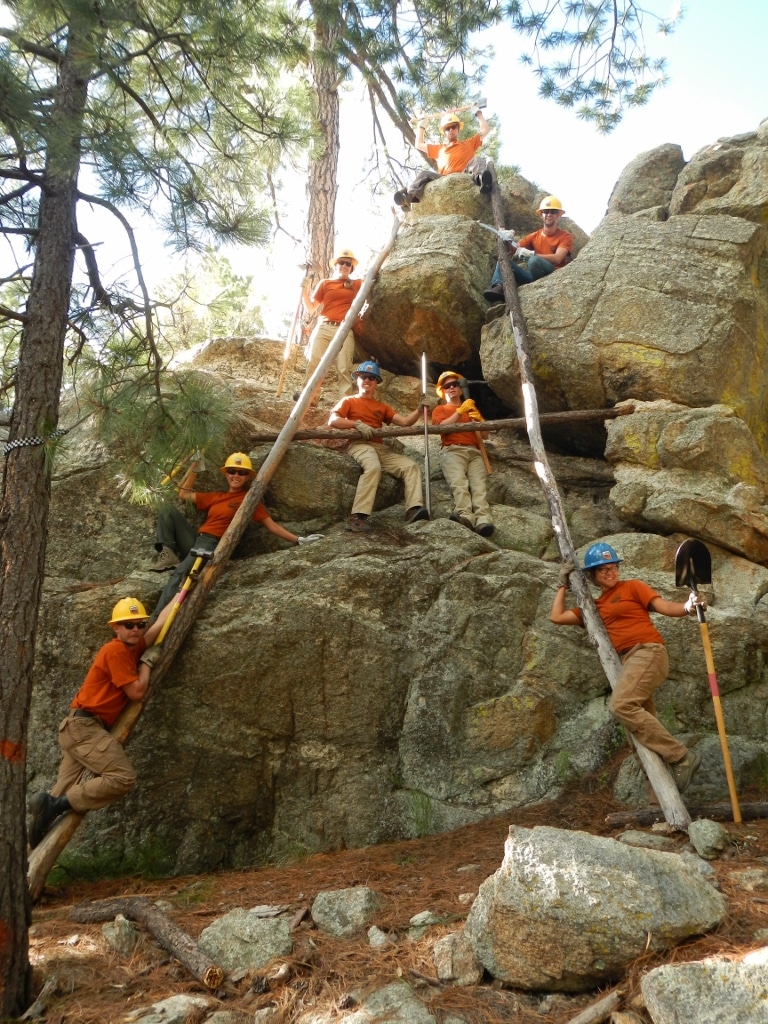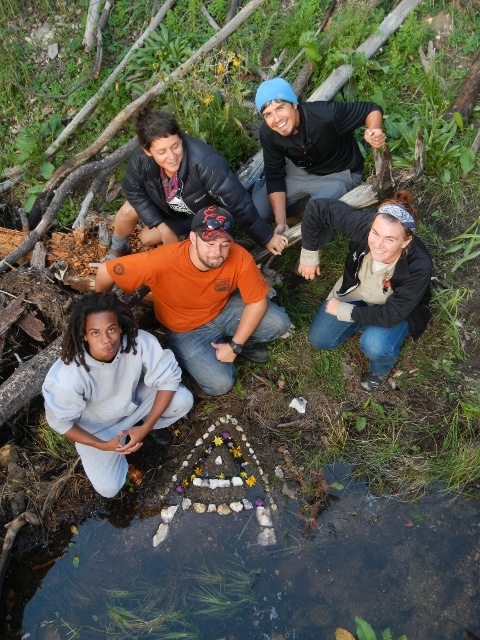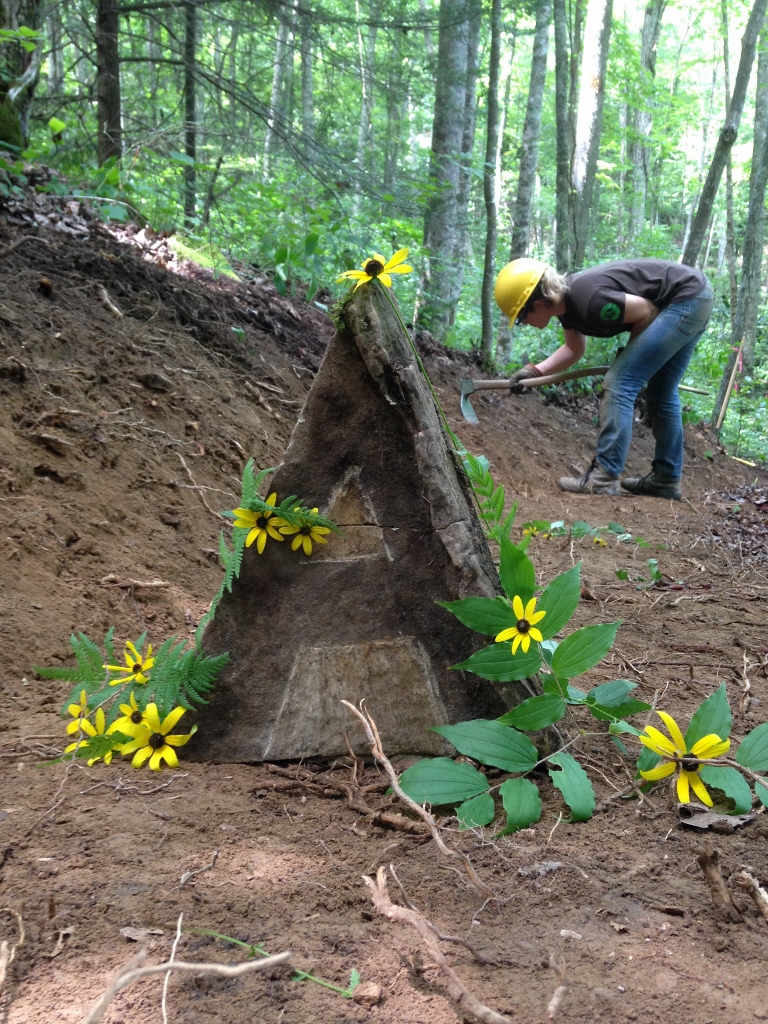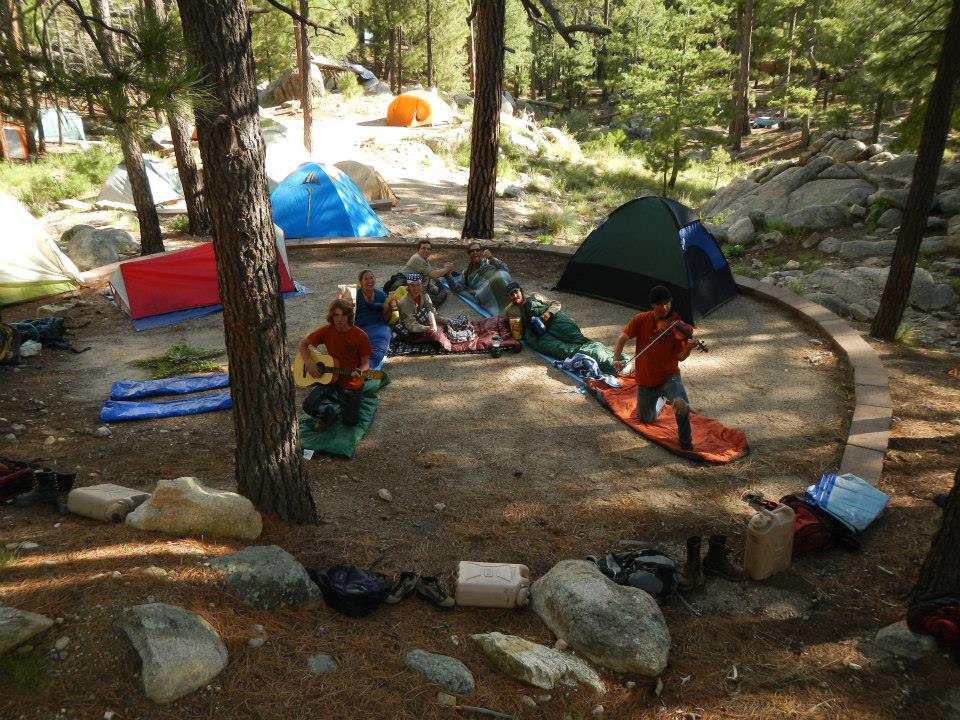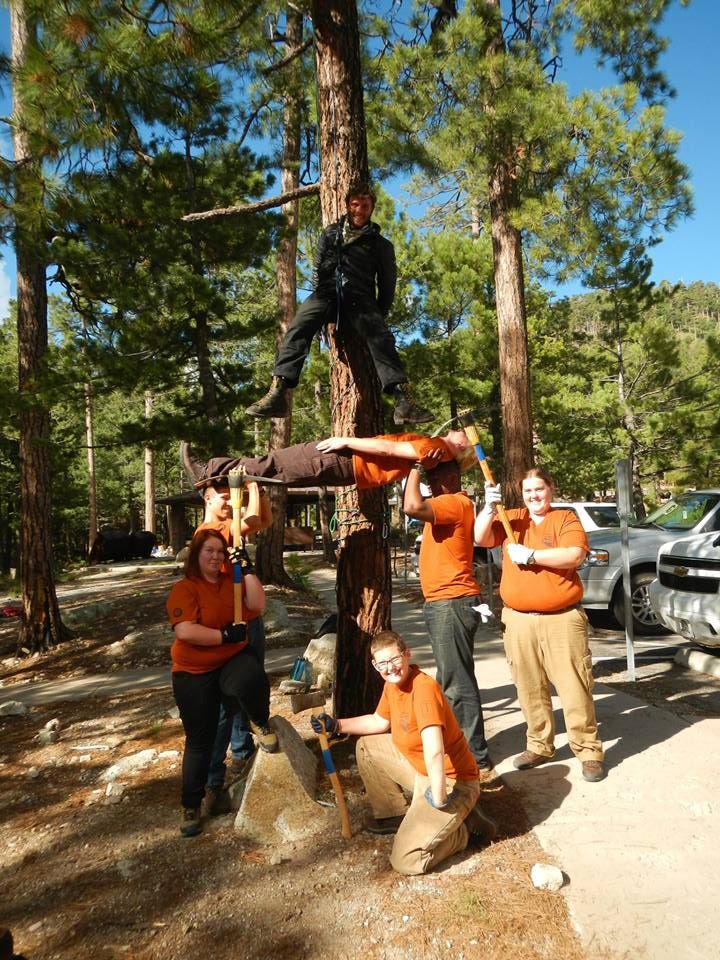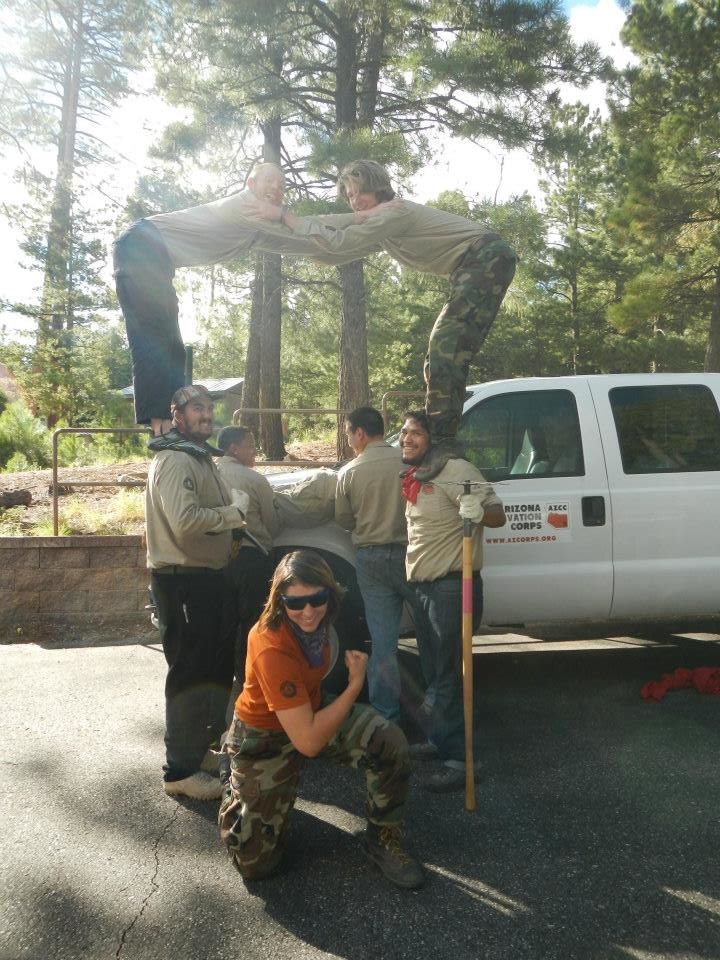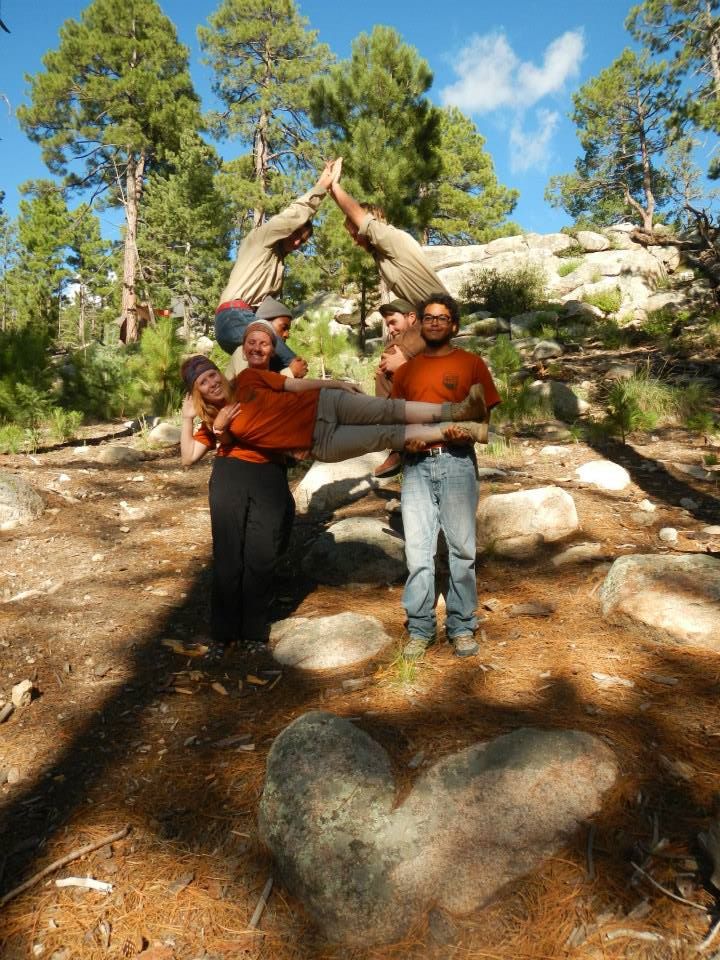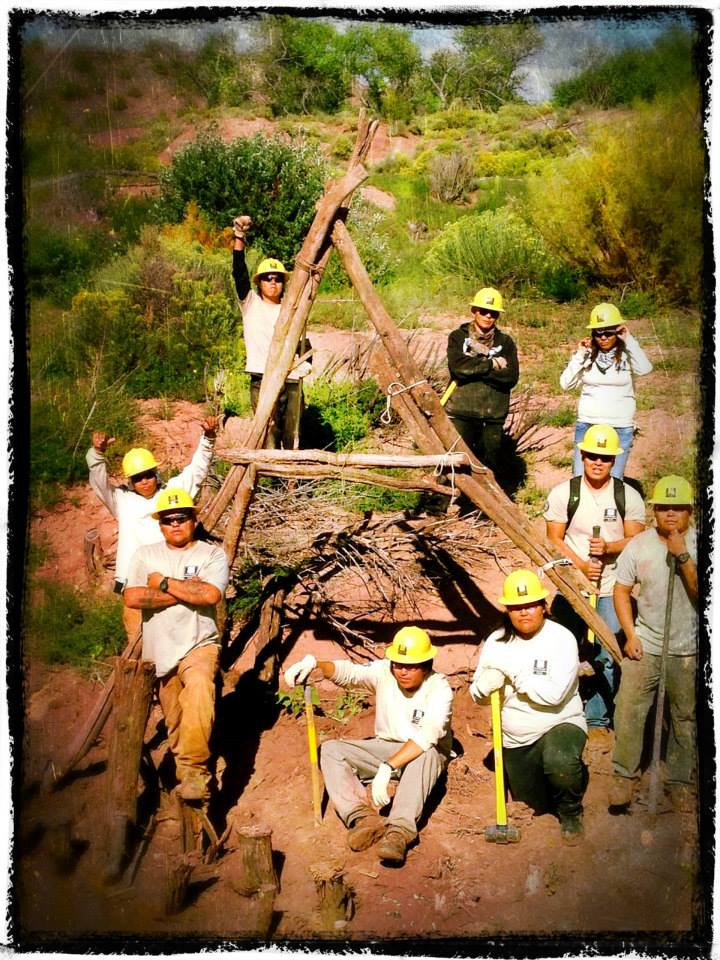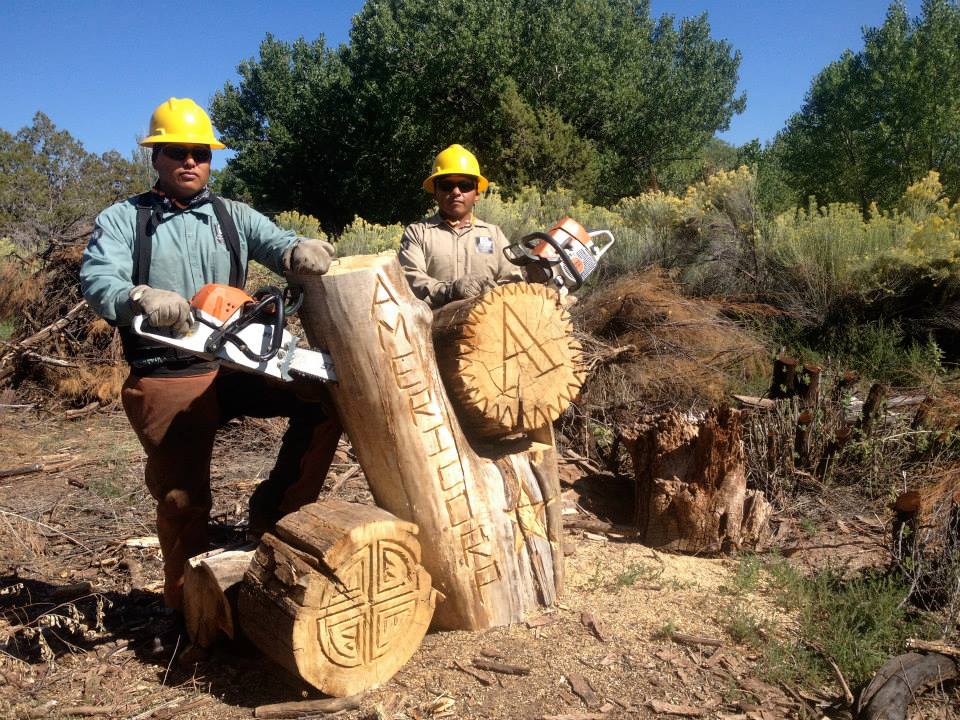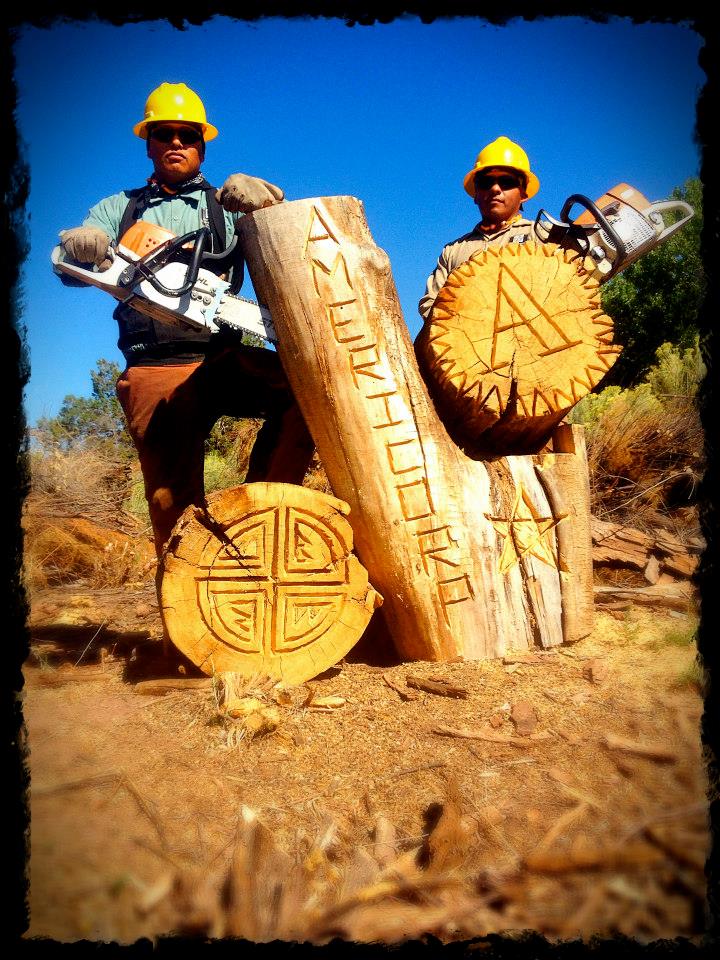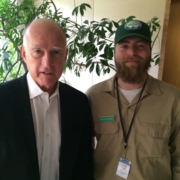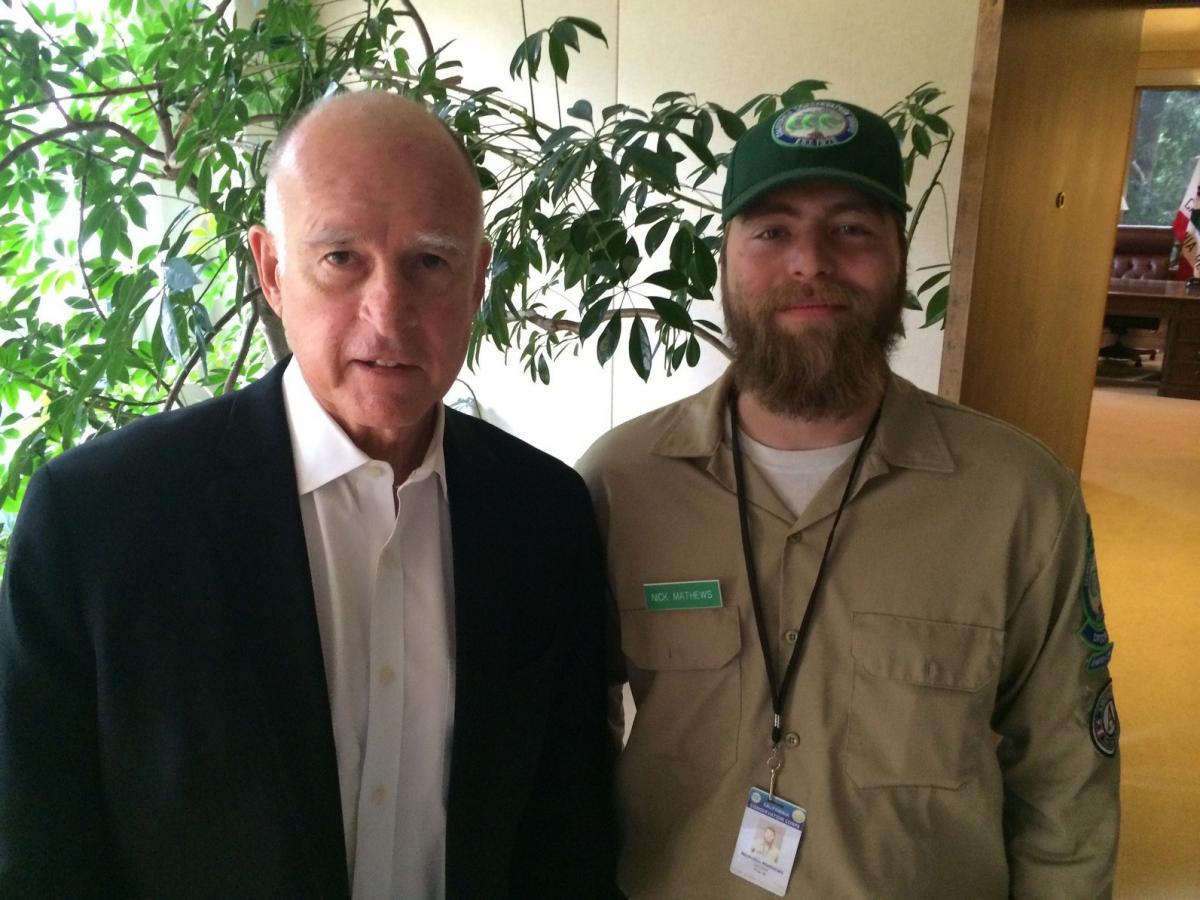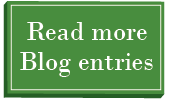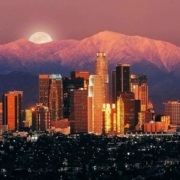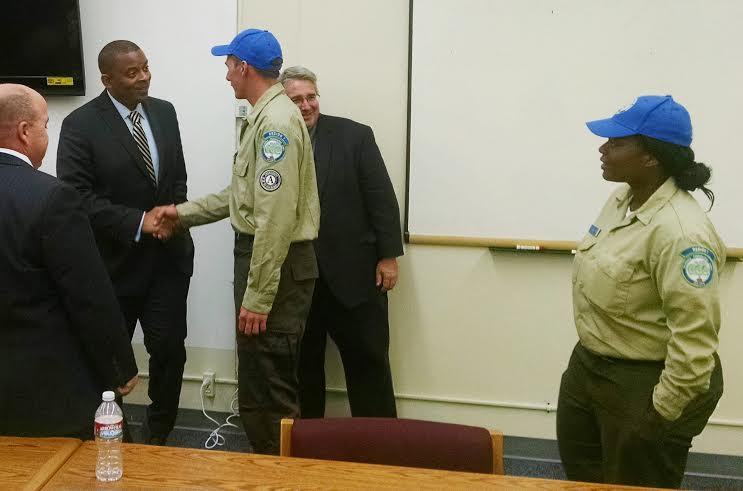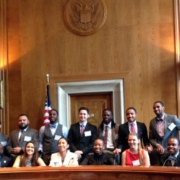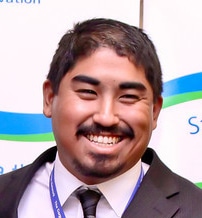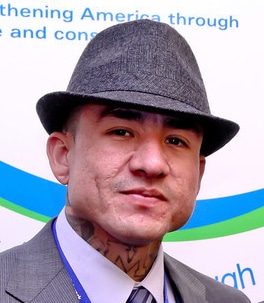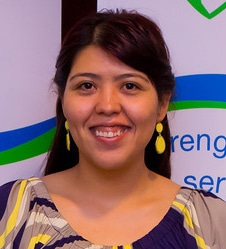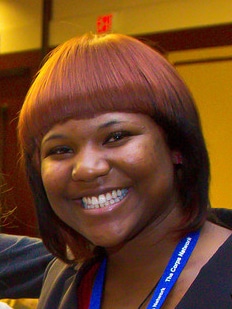
(Read our op-ed in response to the San Gabriel Mountains national monument designation).
Today, President Obama used his authority under the Antiquities Act to designate 346,177 acres of the San Gabriel Mountains in California a national monument. This will give protection to the only large-scale open space accessible to millions of residents of Los Angeles County. As stated in a White House press release:
The peaks of the San Gabriel Mountains frame the Los Angeles skyline and offer hundreds of miles of hiking, mountain biking, motorized, and equestrian trails as well as campgrounds to the area’s diverse residents. In addition to providing drinking water, the San Gabriels’ rivers support rare populations of native fish, while the vegetation found in the monument supports native wildlife and insect species, including pollinators important to farmers. The area is also rich in cultural and scientific history. More than 600 archeologically and culturally significant sites are found within the new monument, such as the Aliso-Arrastre Special Interest Area, which features rock art and cupules that exemplify more than 8,000 years of Native American history. The new monument is also home to the Mt. Wilson Observatory, where Edwin Hubble discovered galaxies beyond the Milky Way and Albert Michelson provided the first modern measurement of the speed of light.
The Corps Network and fourteen of its member organizations have issued a thank you letter to President Obama. A PDF of the letter can be accessed by clicking here, and the full text is published below.
Full Text of The Corps Network’s Letter to President Obama:
October 10, 2014
The President
1600 Pennsylvania Ave. NW
Washington, DC 20500
Dear Mr. President:
On behalf of Service and Conservation Corps across the country, we write to thank you for your recent action to protect the San Gabriel Mountains as a national monument.
Although the nation’s 100+ Service and Conservation Corps are diverse in mission and membership, we all strive to improve quality of life for our participants and in our communities. From building trails and campgrounds on our nation’s iconic public lands, to creating and caring for urban parks and gardens, to improving the energy efficiency of low-income housing, to helping communities prepare for and recover from disasters, Corps provide communities with valuable services and participants with the job training, academic programming, leadership skills and more, to improve lives and the environment.
It is this dedication to the betterment of future generations that leads us to strongly support your recent action to create the San Gabriel National Monument. Protecting these pristine public lands will help to secure recreational opportunities for local communities and encourage more Americans to spend time in the great outdoors. This will help boost local economies, support public health, and inspire future generations to embody the conservation ethic we all hold dear.
We also want to thank and recognize Secretary of the Interior, Sally Jewell for her tireless leadership on behalf of Service and Conservation Corps. Her support of the 21st Century Conservation Service Corps has been extraordinary, and her recognition of the importance that land conservation policies play in furthering the missions of Conservation Corps everywhere is integral to our future success.
Thank you again for acting to protect the San Gabriel Mountains, and we look forward to seeing other special landscapes protected in the future.
Sincerely,
Mary Ellen Sprenkel
President and CEO
The Corps Network
And the undersigned Corps:
San Gabriel Valley Conservation and Service Corps
El Monte, CA
Orange County Conservation Corps
Anaheim, CA
Farmworker Institute’s Kern Service and Conservation Corps
Tehachapi, CA
Great Basin Institute / Nevada Conservation Corps
Reno, NV
Conservation Legacy
Durango, CO
Environmental Stewards
Durango, CO
Southwest Conservation Corps
Salida & Durango, CO and Acoma Pueblo, NM
Rocky Mountain Youth Corps
Taos, NM
Arizona Conservation Corps
Tucson & Flagstaff, AZ
Southeast Youth Corps
Chattanooga, TN
Wisconsin Conservation Corps
La Crosse, WI
Vermont Youth Conservation Corps
Richmond, VT
American YouthWorks
Austin, TX
Texas Conservation Corps
Austin, TX
